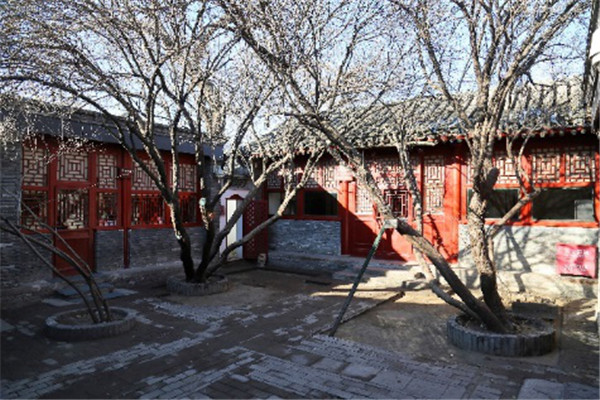 |
|
Beijing's siheyuan courtyard houses. [Photo provided to China Daily] |
Cave dwellings, for instance, evolved largely because of northern Shaanxi's mountainous topography. The peaks in the areas they occupy shield against sandstorms. The caves insulate people against the elements, as they're cool in summer and warm in winter, compared with the weather outdoors.
The Hakka tulou serve not only functions of defense but also of interaction among kin, since the large structures often house extended families.
Pu is concerned about the future of such multifunctional vernacular residences. She has discovered most inhabitants are elderly, since many youth migrate from villages to cities to work and live.
She was mistaken as a potential buyer when she visited Anhui province's traditional courtyard homes. The researcher was taken to a "scrapyard" where such houses had been dismantled and pieces are sold as decorations for modern urban homes.
"Even if those houses were transported to cities and reassembled as resorts or clubs for the rich, their links to the land would be severed," Pu says.
That is, their vernacular nature and the connection to local cultures they evolved to serve would be undermined.
Pu was born in Beijing in 1989, and shares a special connection with-and concern for-the capital's traditional siheyuan, or quadrangular-courtyard homes, and hutong-the small alleys and lanes-that serve as cultural symbols of the city.